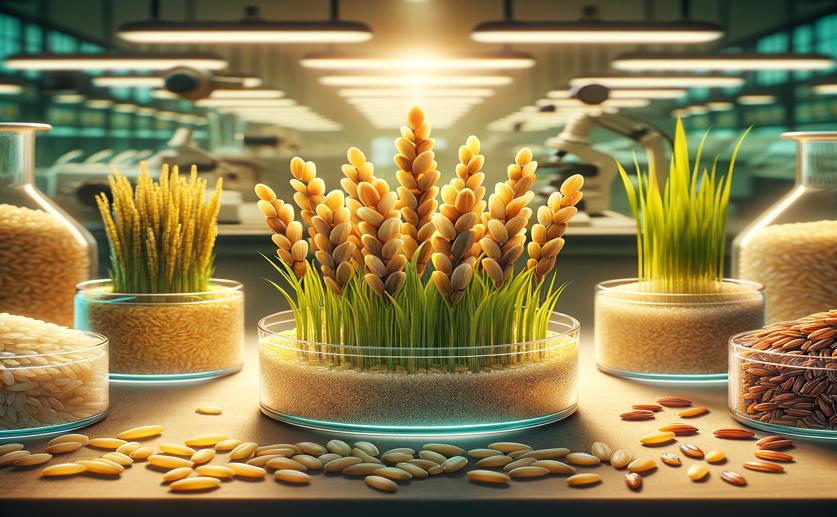
How RGA1 Affects Rice Size, Quality, and Sprouting
Jim Crocker
6th March, 2024

Image Source: Natural Science News, 2024
Key Findings
- At Yangzhou University, a gene called RGA1 was linked to rice grain size and plant height
- A mutation in RGA1 resulted in rice with smaller, rounder grains and improved appearance
- Despite the mutation, the rice's cooking and eating quality remained largely unchanged
AgricultureGeneticsPlant Science
References
Main Study
1) RGA1 regulates grain size, rice quality and seed germination in the small and round grain mutant srg5.
Published 4th March, 2024
https://doi.org/10.1186/s12870-024-04864-5
Related Studies
2) RGA1 alleviates low-light-repressed pollen tube elongation by improving the metabolism and allocation of sugars and energy.
3) OsMADS17 simultaneously increases grain number and grain weight in rice.
4) Co-Overexpression of Two Key Source Genes, OsBMY4 and OsISA3, Improves Multiple Key Traits of Rice Seeds.



 28th January, 2024 | David Palenski
28th January, 2024 | David Palenski